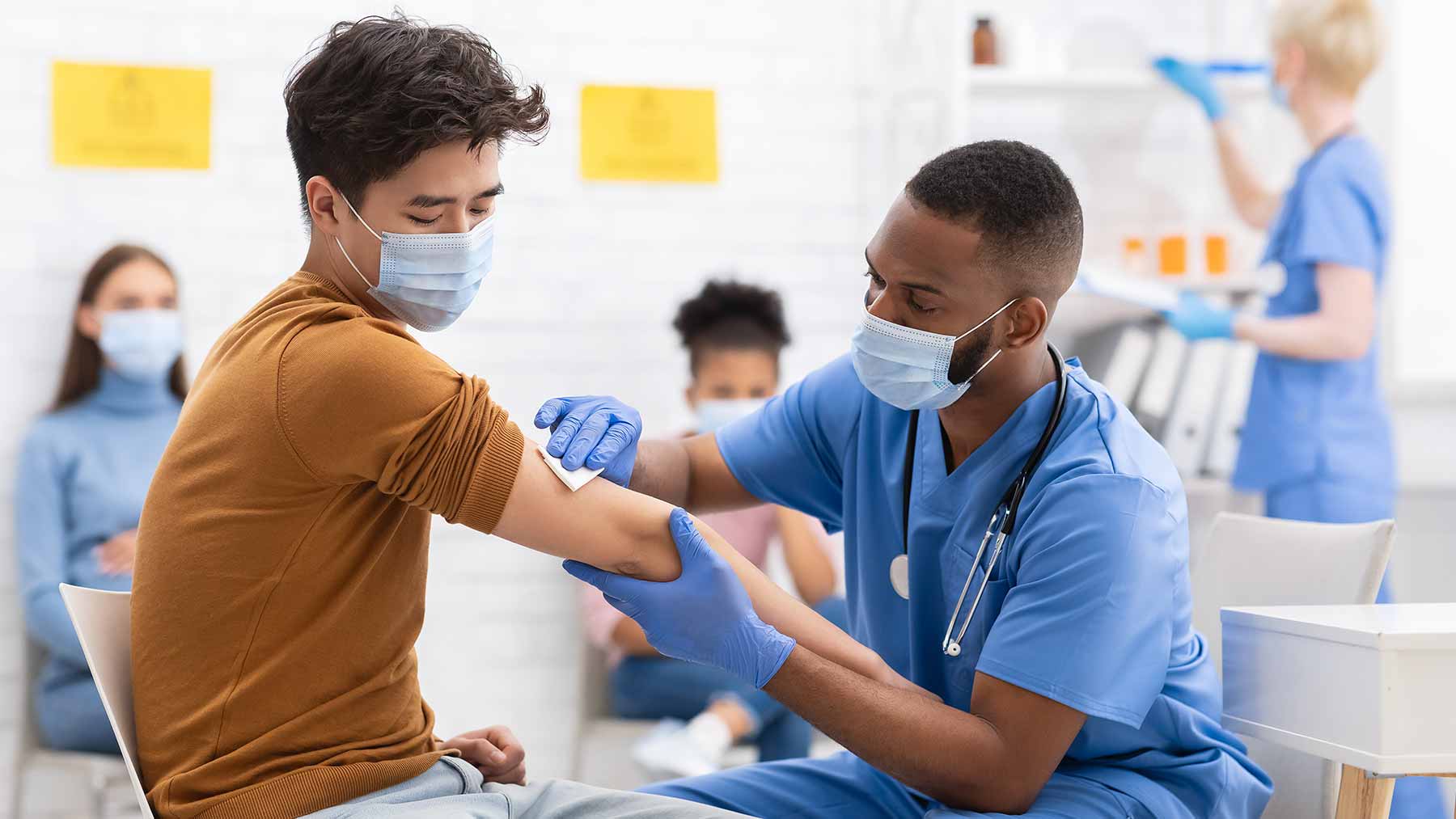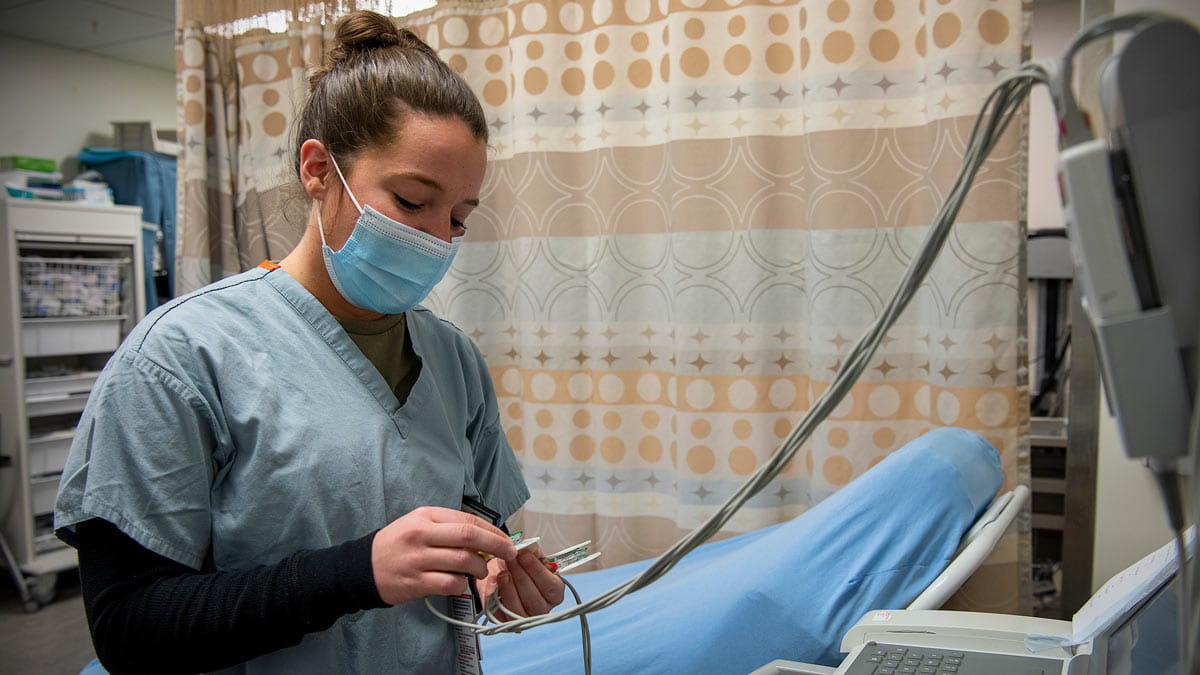Why the arm is the vaccine-shot sweet spot

Whether you’re young or old, vaccination is a safe and effective way to protect you and those around you from infectious diseases. That’s because vaccines cause your body to produce antibodies to recognize and fight off illnesses. And, depending on the type of vaccine, the upper arm is the preferred location to optimize your body’s immune response.
Why are shots given in muscular parts of the body?
Injecting vaccines into muscle optimizes their ability to prompt the body’s production of antibodies. It also minimizes adverse reactions at the injection site.
Muscles such as the deltoid in the upper arm and the side of the thigh have an abundant blood supply. This allows B cells and T cells to reach the vaccine antigen faster to mount an immune response. Muscle has less supply of pain fibers compared with skin or subcutaneous tissue, so injections into muscle are generally less painful than in other areas.
Why aren’t shots given in other areas of the body?
Subcutaneous fat isn’t as well perfused by blood, so it takes longer for B cells and T cells of the immune system to circulate into the area, recognize the antigen and start producing an immune response. Injections into subcutaneous fat are more likely to form irritation, inflammation, possible abscesses or granulomas.
Why is the injection site sore after receiving a vaccine?
An injection triggers a temporary inflammatory response and the production of chemicals called cytokines, which act as signals for the immune system to become activated. This response causes some local pain and swelling that may last for a day or two.
Can vaccines be given in other ways?
Some vaccines can be given orally, such as the oral polio, rotavirus and cholera vaccines. This is very convenient for mass vaccination campaigns, especially when administering vaccines to children. These vaccines induce an immune response in the body’s mucus membranes by producing a type of antibody called IgA, which is particularly useful in preventing you from getting infections that are transmitted orally.
Protein vaccines, such as recombinant hepatitis B vaccines and the acellular pertussis vaccine, can’t be given orally. They could be broken down while traveling through the gastrointestinal system before they’re absorbed.
Nasal vaccines are useful in producing antibody responses in the upper airway mucus membranes, but they’re not likely to induce an immune response in other regions of the body such as the gut. One such vaccine is the FluMist flu vaccine, which has been approved in the United States for use in people ages 2 to 49 who aren’t pregnant.
Administering a vaccination through an IV is logistically complicated. But recent research shows that using passive immunization to deliver monoclonal antibodies to prevent COVID-19 infection in nursing home residents has provided promising levels of protection. Another study showed that subcutaneous injections of monoclonal antibodies are very effective at preventing COVID-19 in household contacts of patients diagnosed with COVID-19.
What post-vaccine symptoms should prompt a call to a doctor?
Signs and symptoms of a possible severe allergic reaction to a vaccine include:
- difficulty breathing
- swelling of the face or throat
- fast heartbeat
- widespread rash all over the body
- dizziness and weakness
If you experience these symptoms, go to the emergency department or call a doctor. Fortunately, severe reactions to vaccines are quite rare.
Dr. Carlos Malvestutto is an assistant professor in the division of infectious diseases at The Ohio State University Wexner Medical Center.




